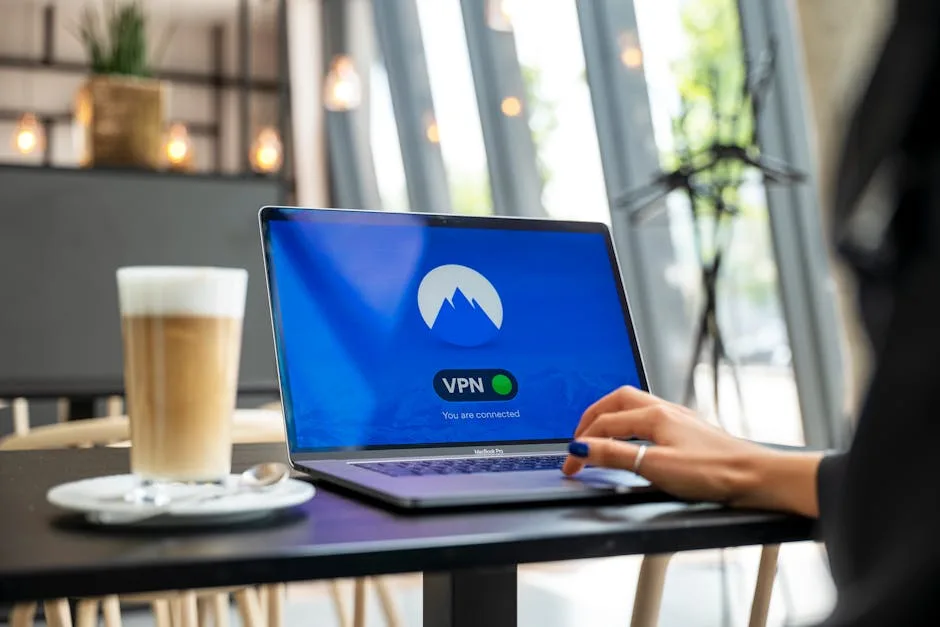
Google has released new details on Chrome’s security enhancements for Android devices with Advanced Protection enabled, addressing critical risks for high-profile users and enterprises. The updates focus on HTTPS enforcement, site isolation, and JavaScript optimizer controls, aligning with broader efforts to mitigate web-based exploits. This article provides a technical analysis of these features, their implementation, and their implications for security teams.
Summary for Decision-Makers
Google’s Advanced Protection for Chrome on Android introduces three core security improvements:
– **HTTPS-First Mode**: Forces secure connections and warns on HTTP sites, exempting local networks.
– **Full Site Isolation**: Enabled by default on devices with 4GB+ RAM, preventing cross-site data leaks.
– **JavaScript Optimizer Controls**: Disables high-risk V8 optimizers, reducing exploit surfaces.
These changes are particularly relevant for journalists, activists, and enterprises managing sensitive data. Performance trade-offs, such as reduced benchmark scores, are noted but deemed acceptable for high-risk scenarios.
Technical Deep Dive
The HTTPS-First Mode, now default in Incognito Mode since Chrome 127, automatically upgrades public site connections to HTTPS while allowing exceptions for local networks. This addresses historical risks like the 2023 HTTP-based attacks during Egyptian elections. Site isolation, already standard on desktop, is extended to Android devices with sufficient RAM, segregating each site into separate processes to block cross-origin attacks.
JavaScript optimizer controls in Chrome 133+ disable high-level V8 optimizers, mitigating approximately 50% of known exploits. Enterprises can manage these settings via policies like `DefaultJavaScriptOptimizerSetting` or whitelist exceptions for trusted SaaS vendors.
Integration and Performance
Advanced Protection is now integrated at the device level in Android 16, requiring Chrome 137+. The feature leverages existing protections like Safe Browsing’s Enhanced mode and Google Messages’ AI-powered scam detection. Performance impacts are measurable but localized: Speedometer benchmarks show minor degradation when JavaScript optimizers are disabled.
Relevance to Security Teams
For red teams, these changes complicate client-side exploitation, particularly for cross-site leaks and JavaScript-based attacks. Blue teams should prioritize enforcing Advanced Protection for high-risk users and auditing enterprise policies for HTTPS and JavaScript exceptions. System administrators must ensure devices meet the Android 16 and Chrome 137+ requirements.
Recommendations
– **Enable Advanced Protection**: High-risk users should activate it via Google Account settings.
– **Update Policies**: Enterprises should configure `HTTPAllowlist` for local exceptions and review JavaScript optimizer settings.
– **Monitor Performance**: Benchmark critical web applications after disabling optimizers.
Conclusion
Google’s updates to Advanced Protection in Chrome for Android represent a significant step forward in mitigating web-based threats. While the changes introduce minor performance trade-offs, the security benefits for high-risk users and enterprises justify the adjustments. Future updates may further refine the balance between security and usability.
References
- “Advancing Protection in Chrome on Android,” Google Security Blog, Jul. 8, 2025.
- “Advanced Protection Offers Chrome’s Strongest Security,” MicroSec, Jul. 9, 2025.
- “Google Reveals Details on Android’s Advanced Protection for Chrome,” Onsite Computing, Jul. 9, 2025.
- “HTTPS Enforcement and Site Isolation Reduce Risks,” BleepingComputer, Jul. 9, 2025.
- “Android Safety Updates,” Google Android Safety Blog, May 13, 2025.
- “Advanced Protection Balances Security and Usability,” Cybersecurity News, Jul. 9, 2025.
- “Technical Analysis of Chrome’s Advanced Protection,” TechHelpKB, Jul. 9, 2025.
- “Advanced Protection Program FAQ,” Google Account Help.
- “Unsafe Site Warnings in Chrome,” Chrome Support.
- “Advanced Protection Enrollment for Enterprises,” Google Admin Support.





